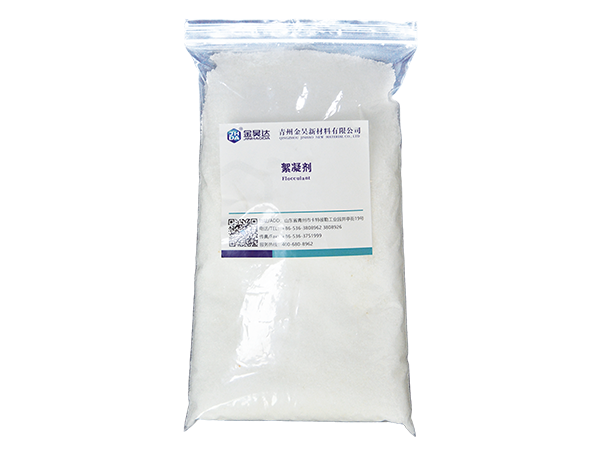 400-680-8962
400-680-8962
 Qingzhou Jinhao new material Co., LTD
Qingzhou Jinhao new material Co., LTD
 No.19, Jingting Street, Caterpillar Industrial Park, Qingzhou City, Shandong Province,China
No.19, Jingting Street, Caterpillar Industrial Park, Qingzhou City, Shandong Province,China
 Domestic division
Domestic division
 Board of Trade
Board of Trade
 2020-5-22
2020-5-22
 714
714

1. Sewage treatment
Compared with using inorganic coagulants aluminum salt and iron salt alone, adding a small amount (0.1-2 mg/L) of PAM can significantly improve the settling effect of suspended solids. At the same time, the COD and chroma of the treated effluent can also be significantly reduced.
Note: The inorganic coagulant used must have good compatibility with this flocculant.
2. Sludge concentration
In the biochemical tank and sludge concentration tank, as long as 0.3-2 mg/L of PAM is added, the ratio of sludge to water in the tank can be greatly reduced (the sludge concentration can be increased from 3-10 g/L to 30-100 g/L). L), thereby improving the utilization rate of the biochemical tank and sludge concentration tank, and at the same time improving the equipment and personnel efficiency of the subsequent sludge dehydration process.
3. Sludge dehydration
The concentrated sludge can be dehydrated and dried by using PAM. The model and dosage of PAM in the dehydration process vary depending on the type of sludge, and are generally selected through experiments.
Product number
PAM: KP: cationic, AP: anionic, NP: nonionic
PAC: Polyaluminum Chloride
The concentration of PAM aqueous solution
Anionic, nonionic
Since the molecular weight of anionic and non-ionic PAM is large and the viscosity is high, the preparation ratio is based on 0.1% (it can be adjusted appropriately according to the turbidity of the sewage: the concentration of PAM used is negatively related to the turbidity of the sewage; when the turbidity is low, Generally consider increasing the dosage of the agent, but the concentration should not be changed, otherwise it will affect the smooth flow of the pipeline).
Cationic
Since cationic PAM has a lower molecular weight and smaller viscosity, the preparation concentration is based on 0.2% (it can also be adjusted appropriately according to the turbidity of the sewage, but it should not exceed 0.4%, otherwise it will affect the smooth flow of the pipeline).
PAC: PAC is an inorganic coagulant, so there is no strict limit on its concentration.
Note:
(1)Pharmaceutical dosing acceleration
PAM aqueous solutions should be prepared in enamel, galvanized, aluminum or plastic containers.
When dissolving, PAM should be added to the container evenly and slowly (stirring and heating at the same time) to avoid clumping of the agent, but the stirring speed should not be too vigorous. Excessive stirring will cause the degradation of PAM, thus affecting the use effect.
PAC is easy to dissolve, just mix it as evenly as possible.
(2) Stirring time
PAM: PAM has a higher viscosity and generally takes 30-50 minutes to completely dissolve.
PAC: PAC is easy to dissolve and can usually be dissolved in 3-5 minutes.